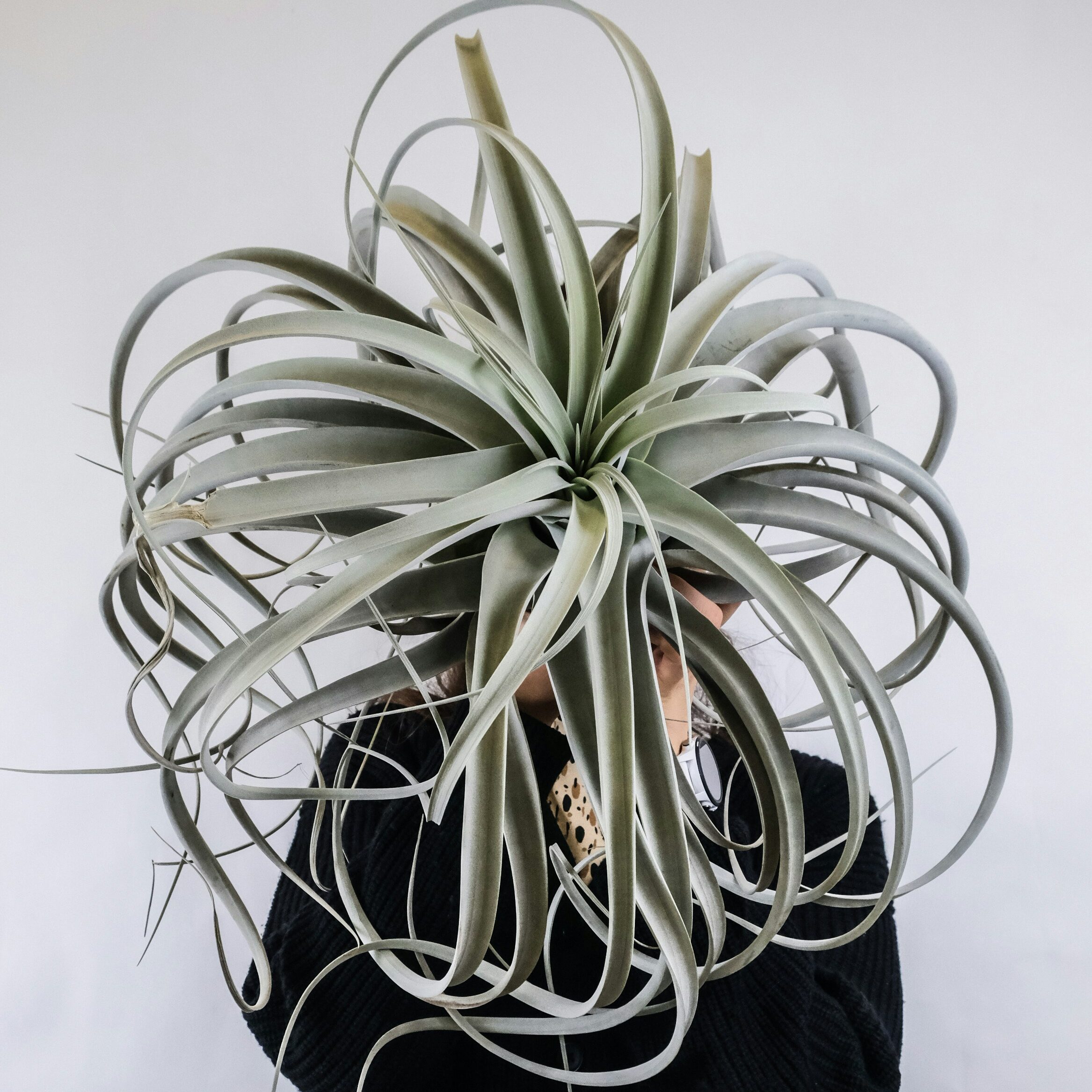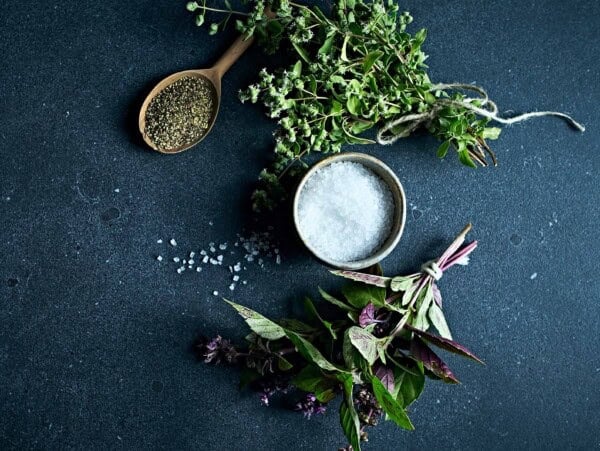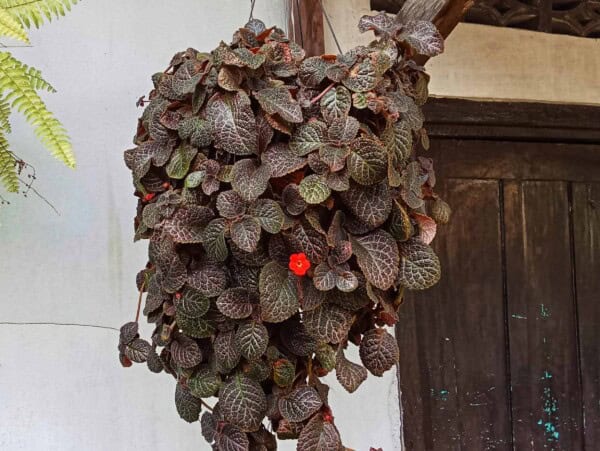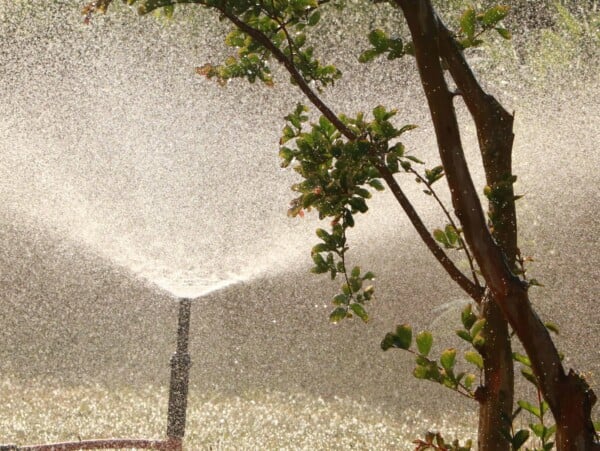Welcome back, guys! Today, we’ll be talking about a topic that’s dear to my heart – how to keep air plants alive. Like other plants, air plants are great for decorative purposes, making it very easy to add some color to your coffee table, bathroom windowsill, or other small area. However, their lack of a need for soil is what really makes these beauties unique. Most plants need soil, but not these ones. What gives?
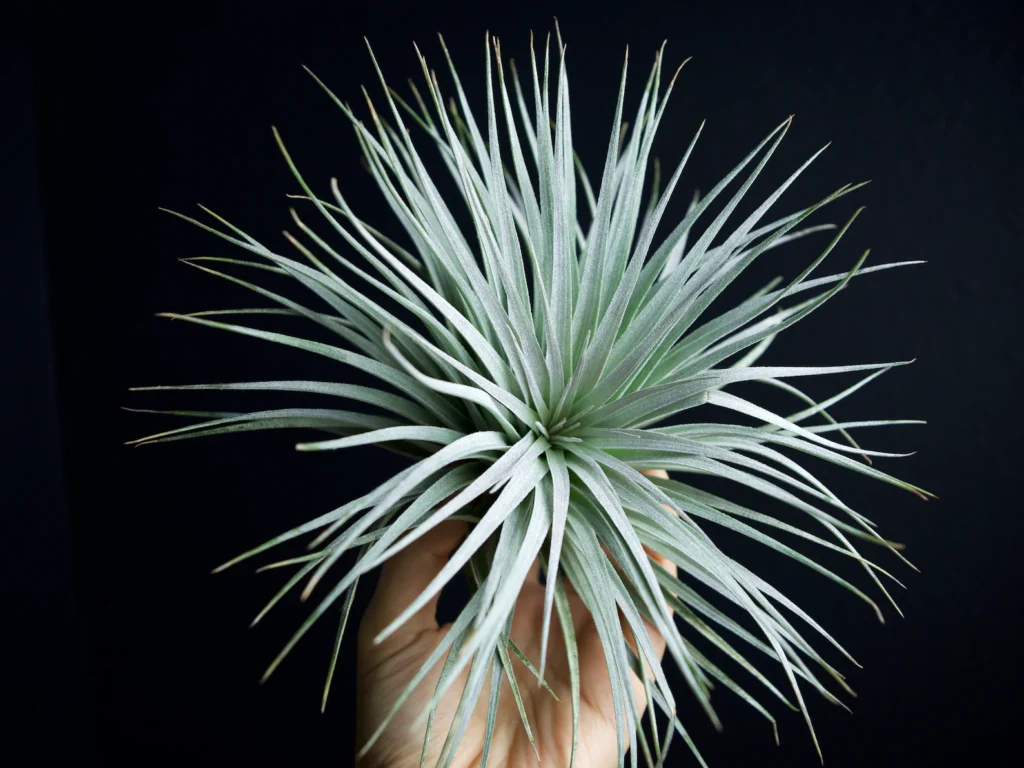
Well, below, I’ll be going over everything you’ll need or would want to know about these petite plants. From simple tips on how to keep your plants in full health to more specific directions regarding fresh air, room temperature, and choosing the light source, I’ve covered all the relevant information below.
Ready to get started? Let’s get to it.
Table of Contents
What Are Air Plants?

Well, I suppose it’s best to start off with a quick explanation before we dive into the details. So, what exactly are air plants? Also known as Tillandsia plants, this genus actually contains over 540 different types of plants.
A few common types you’ll likely see around are the Tillandsia Xerographica, Tillandsia ionantha, and the Tillandsia usneoides (Spanish Moss). These are best known for their large size, vibrant color changes, and long, wispy stems respectively.
When talking about air plants, most people will be referring specifically to the Tillandsia ionantha. These small plants natively grow in the Southern United States, Mexico, and South America. While different species will bloom at different times, these particular plants actually bloom right before they begin to die.
They’re best known for their unique growth habitat requirements. Rather than growing in soil like most other plants, Tillandsia ionantha only requires air, proper humidity, and water to thrive. As you can imagine, this alone opens up plenty of interesting placement options.
How to Keep Air Plants Alive – Soil Requirements?

It’s not just that air plants don’t need soil to survive. Rather, it’s that you shouldn’t put them in the soil in the first place! This makes the soil requirements quite easy, but you might be wondering what would happen if you put them in soil alongside larger houseplants.
Well, you can run into a number of different issues including:
- Suffocation, which will cause health issues and eventual death of the plant since it’s not able to complete the photosynthesis and respiration processes properly.
- Fungus and bacterial diseases, which are the result of damp soil around the base of the plant. Like suffocation, these can eventually lead to death.
- Rotting on the roots, which occurs from the combination of a lack of air circulation and moisture buildup.
Fortunately, these issues are quite easy to avoid. Just don’t put your air plants in soil. Instead, put your air plant in a more suitable location, such as in a wire basket, in a terrarium, or in a hanging planter.
Watering Recommendations

While air plants might not need soil to survive, they do need enough water to keep them healthy. Thankfully, watering these plants is quite easy. Just give them a good soak and they’re good to go.
They only need to be watered once a week, so you can just water these plants when you’re doing your weekly shelf styling touch-ups. I recommend soaking your air plants in a decorative flower vase or a bowl of water for six to twelve hours every seven to ten days. You could also use something like these glass wall planters if you have space.
However, if you live in a particular hot climate or it’s the hot part of the year around where you live, you may want to try something a bit more frequent than the weekly soak. In that case, I suggest soaking it for about 20-30 minutes two to three times a week. This should ensure it gets enough water, without giving it too much water.
The water requirements are fairly straightforward. Rain water is best, followed by bottled water, and then tap water. With the last option, you’ll want to wait fifteen minutes for the chlorine to settle before using the water.
However, make sure to avoid distilled water at all costs, as this lacks the necessary nutrients for your delicate air plants. After you remove your air plants from the water, it’s important to make sure you dry them properly.
First, turn your plant upside-down and let any excess water drip off. Then, place the plant in a well-lit space with good airflow and leave it there for four hours to completely dry. Make sure they’re completely dry before putting them back on display, as leftover moisture can contribute to rot-related issues.
Fertilizing Your Air Plants

You don’t necessarily need to fertilize these house plants, but doing so can help your air plants look their best and stay at maximum health. If you really want to take care of air plants to the best of your ability then picking up some air plant fertilizer like this might be a good idea.
You don’t necessarily need to get that exact one, though. In fact, any 17-8-22 fertilizer should do. If you water your air plants using aquarium or pond water, fertilizing the plants isn’t even necessary, as all of the valuable nutrients are already in the water.
It is possible to burn your plants with nitrogen if you fertilize them too often. You’ll want to limit fertilizing sessions to once or twice a month at maximum. Instructions are generally provided, but if not, simply spray the fertilizer on your air plants after soaking them, then leave them to dry for thirty minutes.
Lighting, Air Flow, & Placement

Lighting needs will vary between plants, but all types of air plants will require bright, indirect light to keep them healthy. You should dry to find a bright spot that will give your plant plenty of sunlight without ever exposing it to direct sunlight.
Southern and Eastern-facing windows tend to be great for this, as they give your plant exposure to bright light without the burning heat of afternoon rays. Regardless of placement, you can help limit sun exposure using drapes.
Of course, not everyone lives in a place with ideal natural light. Fortunately, artificial light can also be used to keep your air plants alive. Make sure to purchase a genuine grow light, though, as a simple light likely won’t be able to provide the right wavelengths to promote photosynthesis.
How to Keep Air Plants Alive – Keeping Temps in Check

In their natural habitat, air plants tend to get a lot of air circulation, paired with temperatures between 50-90°F. Unless you’re growing these plants in a suitable outdoor space, you’ll have to do your best to ensure that these conditions are met indoors.
Fortunately, these temperatures are quite easy to maintain in your home. For air circulation, simply placing the plants near an open window should be enough. Interestingly, plants with higher exposure to moisture can tolerate light better.
This is great, as it means your air plants can flourish as part of your windowsill bathroom decor, even if they’re constantly being exposed to light throughout the day. With the right combination of light exposure, air circulation, and temperatures, your air plants are sure to thrive!
Closing Thoughts for Air Plant Care

Whether you want a unique way to decorate your nightstand, add some greenery to your bathroom, enjoy heavenly scents in your bedroom, or just want to try growing something a bit different, picking up a few air plants is a great way to spruce up your living space. As an added bonus, they even help reduce indoor carbon dioxide!
Well, each air plant species is a bit different, but I hope this collection of air plant care tips and tricks was helpful. Knowing how to keep air plants alive before you get them is great, as these are quite a bit different from your average houseplants. Still, I’m sure you’ll love them just as much as I do.
As always, feel free to share your favorite planting success stories with me in the comments below. I can’t wait to read all about them. Until next time!
FAQs Related to “How to Keep Air Plants Alive”

How often do air plants need to be watered?
Generally, soaking your air plants once a week is the best way to go about it. If the heat is less intense then you might even go up to ten days between soakings. However, if the heat is really intense then it may be a good idea to try soaking your air plants multiple times per week for shorter sessions.
How do I keep my air plant happy?
Limiting their light exposure to indirect sunlight, giving them plenty of air circulation, and routine soakings are all easy ways to enjoy a happy & healthy air plant!
What kills air plants?
Exposure to too much light, a lack of water, an abundance of water, extreme temperatures, a lack of air circulation, nitrogen burns, and exposure to other chemicals are all things that can kill an air plant.
Can you revive a dying air plant?
Well, the good news is that you probably can! If your plant has too much excess water then the best thing to do is simply to wait. Use sanitized shears to cut off any damaged, rotting, or diseased sections, then place the plant in a sunny location. If it looks good after two weeks then you can resume waterings.
Alternatively, for underwatered air plants, you’ll want to submerge them in water. Soak them overnight in pond or aquarium water, then dry them upside-down for four hours before placing them back. If the results look promising after a few days then you can give it a shorter, two-hour soak, repeating the process before placing them back in their spot.
What is the lifespan of an air plant?
You can expect a single plant to complete its entire life cycle within two to five years. Fortunately, with proper care and a healthy parent plant, you can continue to grow offshoots from the parent plant(s) for many years to come!
What does an overwatered air plant look like?
As a general rule of thumb, plants with black, brown, or mushy leaves and/or bases are overwatered. Your first step should be to remove the damaged sections from the plant. Leave the plant out to dry, and reduce water consumption moving forward.

